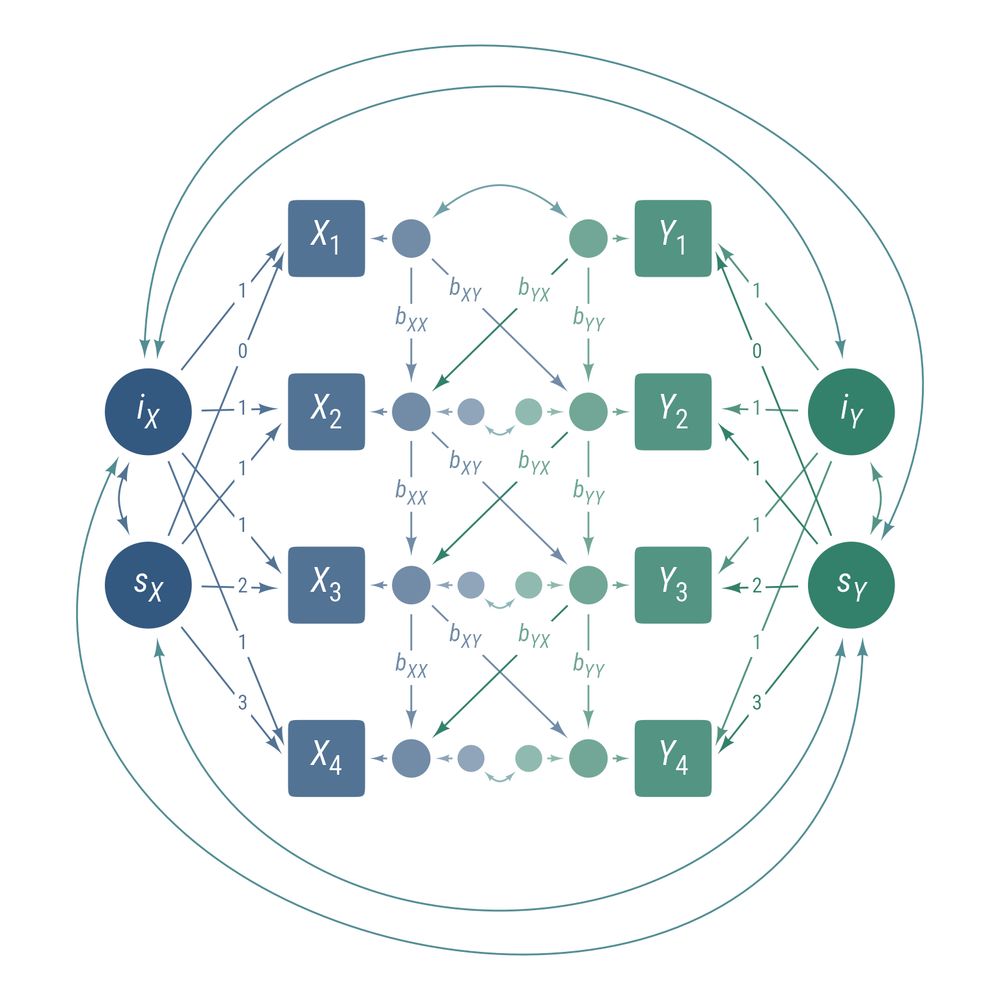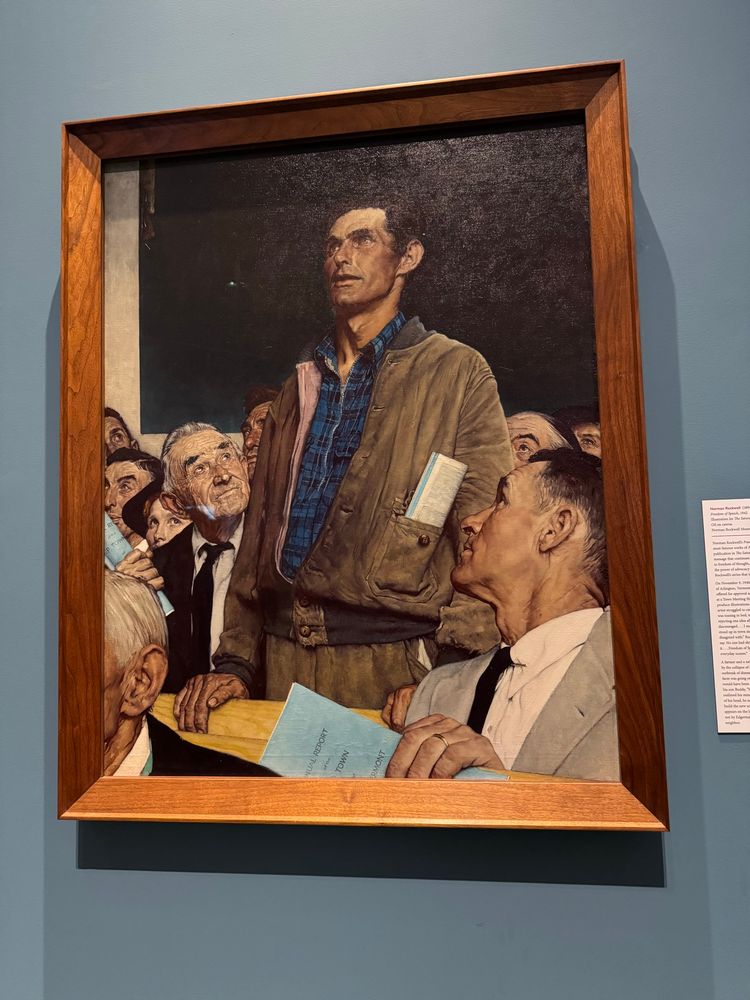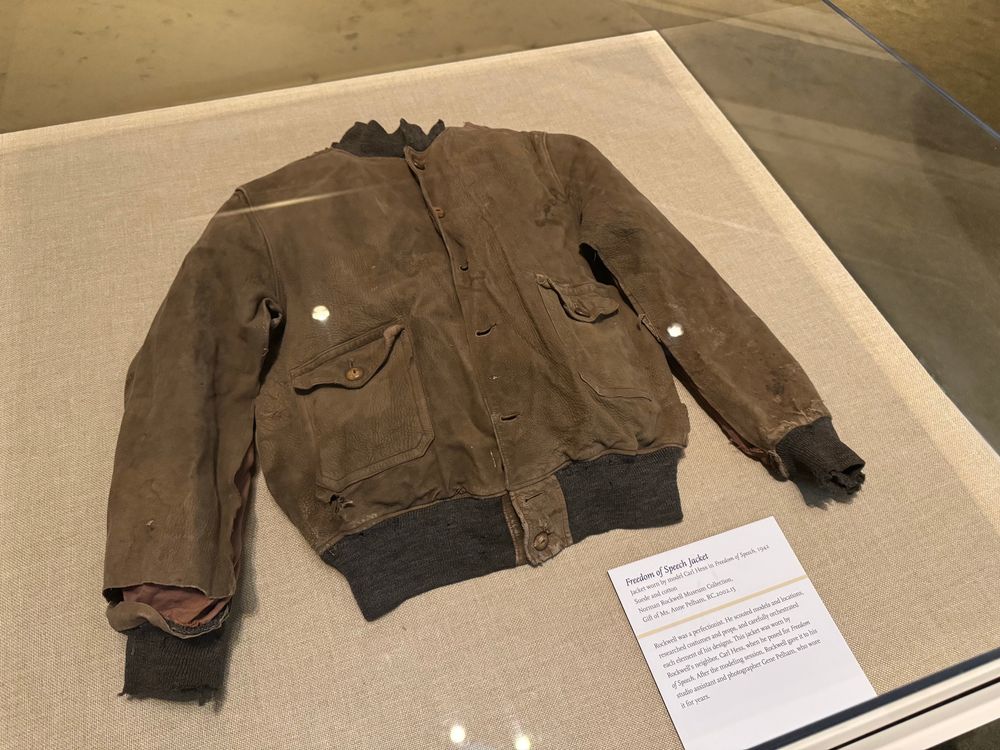Brendan Schuetze
@schu.etze.co
800 followers
340 following
72 posts
Cognition, Learning Science, Quant Methods
Assistant Professor, Educational Psychology at a “large university in the mountain west”
Views are my own
Posts
Media
Videos
Starter Packs
Reposted by Brendan Schuetze
BMC
@bmc.springernature.com
· 13d

Effectiveness of indoor rock climbing and bouldering as treatment for depression – a systematic review - BMC Psychiatry
Introduction Depression is one of the most prevalent disorders worldwide. In addition to psychotherapy, cognitive behavioural therapy and antidepressants, exercise therapy is frequently recommended, with emerging evidence highlighting the unique characteristics of rock climbing, including its potential to promote mindfulness, making it a promising therapy. This review aimed to assess whether rock climbing reduces symptoms of depression, the magnitude of effect, and whether effects are sustained long-term. Methods Systematic review conducted according to PICO framework and reported according to PRISMA-statement. Eligible studies were controlled trials assessing indoor rock climbing versus any comparator, including adults with moderate depression, with symptoms reduction on validated depression scales as outcome. Systematic searches were conducted in PubMed, Scopus, and Web of Science (inception to January 2025), with no language or publication date restrictions. Screening (via Rayyan), data extraction, and methodological quality assessment (using PEDro scale) were performed independently and in duplicate. Clinical relevance was assessed using minimal clinically important difference (MCID). Due to heterogeneity of interventions and comparators, findings were narratively synthesized. Certainty of evidence was rated using GRADE. Results Out of 1,832 identified records, seven studies (reported in 10 articles) including 471 participants, met PICO-criteria. Included studies were conducted between 2015 and 2023, in Germany/Austria. Methodological quality was generally good (median PEDro score 6/10). Indoor bouldering (combined with mindfulness exercises) significantly reduced symptoms of depression from moderate to mild (e.g. -8.3 points on MADRS, exceeding MCID of 5 points), indicating a clinically meaningful improvement compared to no intervention (high certainty evidence). Longer duration interventions (8–10 weeks) were needed for effects to persist at 6–12 months (high certainty evidence). Four weeks of top-rope climbing also reduced symptoms of depression from moderate to mild, were sustained long-term, but did not exceed MCID (low certainty evidence). No adverse events were reported. Conclusions Indoor rock climbing, particularly bouldering (combined with mindfulness exercises), appears to be an effective, clinically meaningful, safe, and sustainable adjunctive intervention for adults with moderate depression. However, further high-quality trials are needed to isolate the effects of rock climbing from co-interventions and to compare it with established treatments such as antidepressants and aerobic exercise. Trial registration PROSPERO: CRD42024468119, date of registration: 24-01-2024.
bit.ly
Reposted by Brendan Schuetze
Brendan Schuetze
@schu.etze.co
· Sep 5
Brendan Schuetze
@schu.etze.co
· Sep 3
Brendan Schuetze
@schu.etze.co
· Aug 28
Reposted by Brendan Schuetze
Reposted by Brendan Schuetze
Reposted by Brendan Schuetze
Brendan Schuetze
@schu.etze.co
· Aug 19
Brendan Schuetze
@schu.etze.co
· Aug 19
Brendan Schuetze
@schu.etze.co
· Aug 19
Reposted by Brendan Schuetze
Brendan Schuetze
@schu.etze.co
· Aug 13
Reposted by Brendan Schuetze
Brendan Schuetze
@schu.etze.co
· Aug 8
Brendan Schuetze
@schu.etze.co
· Aug 8



















